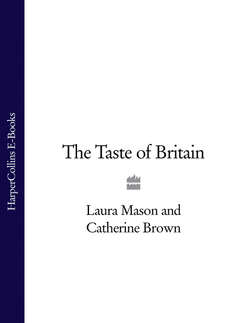Читать книгу The Taste of Britain - Hugh Fearnley-Whittingstall - Страница 298
HISTORY:
ОглавлениеThe medlar, Mespilus germanica, is a native of Transcaucasia and made its long journey into northern Europe after its adoption by Greece and Rome. It may even have been brought to Britain by the Romans - a single seed has been excavated at Silchester - and it was certainly cultivated here during the Middle Ages. The hedge-row specimens that are still found, especially in the South-East, are probably escapees from this early cultivation (Roach, 1985).
When English garden varieties were first described and codified, there were not many sorts of medlar held in high esteem - the most celebrated were the Dutch and the Neapolitan. Thus, by and large, it remained until the end of the eighteenth century when a new variety, or so it seemed, was named: the Nottingham. This appears in fact to be a Neapolitan, but muddled or renamed. The re-baptism stuck, and Nottingham it is to this day. There were some new cultivars developed in the Victorian years, but what perhaps makes the medlar quintes-sentially British was the enjoyment of the bletted (rotten) fruit by drinkers of port at the end of a meal. Not everyone appreciated these ‘wineskins of brown morbidity’ (D.H. Lawrence, quoted by Davidson, 1991) and their number reduced as time went on, but their use as a jelly which accompanies meats has seen their survival in a sphere wider than the private gardens of a handful of connoisseurs. (See also Medlar Jelly, East Anglia p. 136.)
